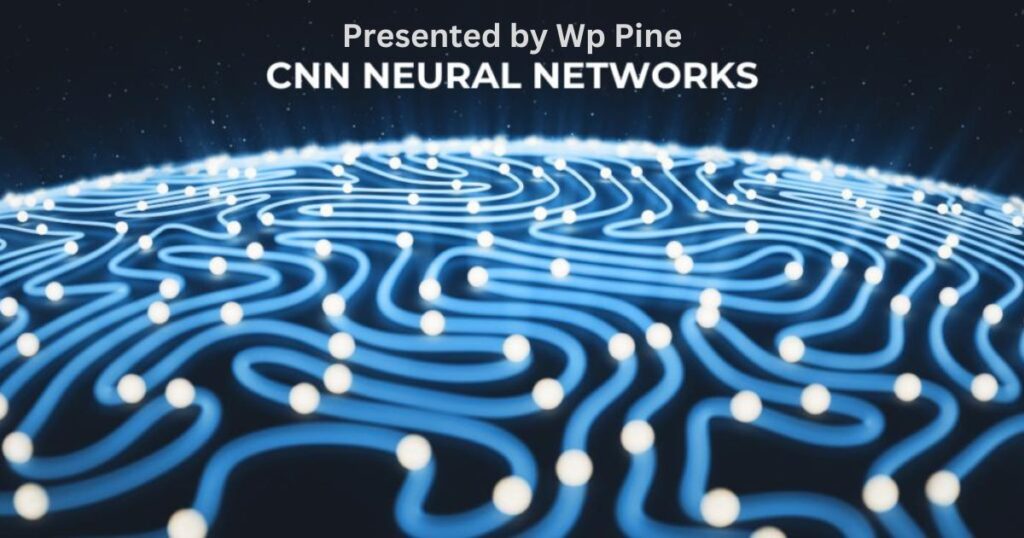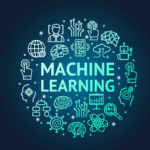Convolutional Neural Networks (CNNs) are a cornerstone of modern deep learning, designed specifically for processing and analyzing data with a grid-like structure, such as images and videos. At their core, CNNs leverage convolutional layers to automatically and efficiently extract spatial features, such as edges, textures, and patterns, by applying learnable filters. Unlike traditional machine learning approaches, CNNs minimize the need for manual feature extraction, allowing them to generalize well across a wide range of applications.
Their hierarchical structure—beginning with basic feature detection in initial layers and progressing to complex pattern recognition in deeper layers—makes them exceptionally powerful for tasks like image classification, object detection, and segmentation. Through techniques such as pooling for dimensionality reduction and dropout for regularization, CNNs deliver robust performance while mitigating overfitting. As an expert tool in artificial intelligence, CNNs have transformed domains ranging from medical imaging to autonomous vehicles, showcasing their unparalleled ability to derive actionable insights from visual data.
Introduction to Convolutional Neural Networks
Understanding Convolutional Neural Networks (CNNs)Convolutional Neural Networks (CNNs) are a kind of deep neural network used majorly in image processing techniques. Following the working of the human visual cortex, they effectively work out image categorization, object identification, face recognition, and image partitioning.
Architecture of CNNs
- Convolutional Layers: These layers convolve an input image with filters/kernels to extract feature maps. They intrinsically bake in hierarchical spatial patterns including edges and textures which comprise parts of objects.
- Pooling Layers: These are layers that down-sample feature maps, reducing spatial dimensions while retaining the essential information. Pooling improves computational efficiency and promotes translational invariance.
- Activation Functions: The nonlinear functions, such as ReLU, introduce non-linearity into a CNN, enabling it to model complex relationships and make predictions.
- Fully Connected Layers: Fully connected or dense layers take flattened feature vectors at the end of the CNN architecture and combine them into final classification or regression tasks.
Key Components of CNNs
- 1. Convolutional Layers
- Operation: Apply convolutional filters to input images to extract local patterns and spatial relationships.
- Purpose: Capture meaningful features and reduce the complexity of raw pixel data.
- 2. Pooling Layers
- Operation: Downsample feature maps, preserving important features while reducing computational load.
- Purpose: Enhance spatial invariance and improve the network’s ability to generalize across variations in input data.
- 3. Activation Functions
- Role: Introduce non-linearities to the network, enabling CNNs to learn and represent complex data patterns effectively.
- Popular Functions: ReLU, Sigmoid, Tanh.
- 4. Fully Connected Layers
- Operation: Process flattened feature vectors to make predictions based on learned representations.
- Purpose: Integrate hierarchical features for final classification or regression tasks.
Applications of Convolutional Neural Networks
- 1. Image Classification
- Use Case: Classify objects within images into predefined categories.
- Examples: Medical diagnostics, autonomous vehicles, content-based image retrieval.
- 2. Object Detection
- Use Case: Locate and identify multiple objects within images or video frames.
- Examples: Surveillance systems, robotics, and augmented reality.
- 3. Image Segmentation
- Use Case: Assign a class label to each pixel, delineating different objects or regions within an image.
- Examples: Medical imaging for tumor detection, urban planning, and satellite image analysis.
- 4. Facial Recognition
- Use Case: Identify and verify individuals based on facial features extracted from images or video frames.
- Examples: Security systems, user authentication, personalized user experiences.
Advancements and Future Directions
Recent Advancements in CNNs
- Deep Learning Architectures: Much deeper architectures, such as ResNet and VGGNet, can be implemented for better feature learning and model accuracy.
- Transfer Learning: By using pre-trained values from deep CNNs, it is possible to bootstrap learning on other tasks when limited labeled training data is available to teach a model. In most cases, these pre-trained values are obtained from large image datasets like ImageNet.
- Adversarial Training: It has been studied how to enhance robustness against adversarial examples by generating the adversarial examples in the process of training.
Future Directions
- Attention Mechanisms: Enhancing CNNs with attention mechanisms to focus on relevant features and regions of interest, improving efficiency and performance.
- Explainable AI: Developing CNN models with interpretability to understand decision-making processes and enhance trust in AI applications.
- Multi-modal Integration: Extending CNN capabilities to process multiple types of data inputs (e.g., images, text, audio) for more comprehensive analysis and understanding.
- Edge Computing: Optimizing CNN models for deployment on edge devices to enable real-time inference and reduce latency.
Conclusion
Convolutional Neural Networks (CNNs) are a transformative advancement in Artificial Intelligence, revolutionizing how machines process and understand visual data with precision comparable to human capabilities. By excelling in tasks such as image classification, object detection, and facial recognition, CNNs have become the backbone of innovations across various industries, including healthcare, autonomous vehicles, security, and entertainment. Their ability to automatically extract and learn hierarchical features from raw data has solved critical challenges in computer vision, enabling robust and scalable solutions.
As research continues to push the boundaries of AI, CNNs are evolving to tackle even more intricate problems, from real-time video analysis to generating synthetic visuals. This relentless progression ensures CNNs remain at the cutting edge of AI development, continuously learning and adapting to meet the demands of increasingly complex and sophisticated applications. Their versatility and power make them an enduring force in shaping the future of intelligent systems.
Additional Resources
For further reading on Deep Learning best practices and tools, consider exploring the following resources:
- Stanford University’s CS231n course on CNNs and the Deep Learning Book.
- Consider exploring platforms like TensorFlow and PyTorch which provide comprehensive guides and resources for building and deploying CNN models.
- Machine Learning and Deep Learning by Wppine
- Deep Learning for beginners by Wppine
- Transfer Learning in Deep Learning by Wppine
- A deep dive into RNN by Wppine



